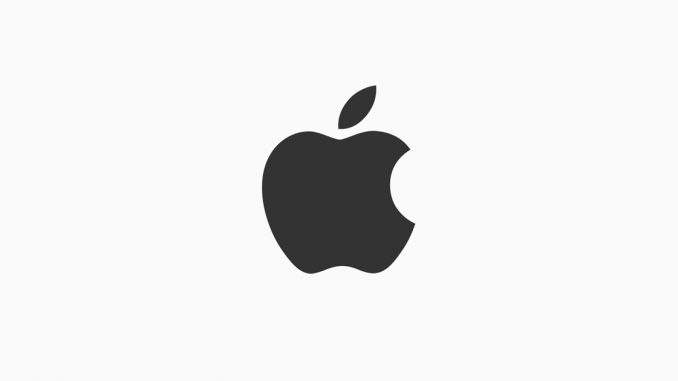
The relationship between Apple and Nvidia is apparently not the best. For years there has been a silent hostility between the two companies.
Apple and Nvidia – a difficult topic
Apple became one of the most valuable companies in the world in the 2000s. It was accompanied by many companies in the technology sector. Despite meanwhile very good own SoCs the processors and graphic units of the Macs still come from companies like Intel, AMD or earlier also from Nvidia. However, the latter company doesn’t seem to be doing too well for the tech giant Apple. Already in the early 2000s the disaster took its course. In 2004, Nvidia could not produce the GeForce 6800 Ultra, which Apple needed. After that, there were still problems and complaints between the two companies.
In 2008 Apple had to admit that in some MacBook Pro models faulty Nvidia graphics units were built in, which led to some problems. That and other things, including a lawsuit between Nvidia and Intel and the allegation that Nvidia’s claims were arrogant, made the relationship and negotiations in 2009 very bitter. The introduction of the iPhone, which was equipped with mobile processors first by Samsung and then by Apple itself, also exacerbated the situation. Nvidia wanted to assert its own patents with regard to mobile processors and their graphic units and demanded license fees. Here, too, legal disputes followed against Apple, Samsung and Qualcomm. Nevertheless, Nvidia graphics processors were still built into MacBooks. In 2014 the last model of the MacBook Pro 15″ was equipped with an Nvidia GT 750M. Then the relationship changed decisively.
No more Nvidia GPUs since 2015
In 2015, Apple then exclusively relied on graphics solutions from Intel or AMD in the Macs. The Mac Pro, model year 2013, was already equipped with AMD GPUs. Over the past 20 years, AMD and formerly ATI graphics cards have been used sporadically. From model year 2015, this also applied to the MacBook Pro 15″, which was equipped with a Radeon R9 M370X. The reason for this was the heat development of the Nvidia GPUs. Also in the new MacBook Pro models only AMD graphics units are used. The Radeon Pro Vega 64 and 56 models are built into the iMac Pro. Since the last update, support for Nvidia graphics cards has completely disappeared from the operating system.
MacOS Mojave without Nvidia driver
Since MacOS Mojave there is no support for Nvidia drivers anymore. Nvidia said in a statement, that there are drivers, but they are simply not signed by Apple and released. A version before that, in MacOS 10.13 High Sierra, all graphics cards work up to the Pascal generation. AppleInsider has also talked to some engineers and developers at Apple. They said that it would be easy to integrate the Nvidia drivers, but not allowed by higher Apple management levels. One Apple employee even spoke of a silent hostility between the two companies. Apple has recently refused any support for Nvidia, which is accompanied by a blockade of drivers.
Anyone currently buying a Mac will therefore always have a Radeon graphics card installed, which isn’t bad so far. For users of eGPUs that have just been supported by MacOS it looks bad to be able to use Nvidia cards in the future. We have already failed with this (more in a post in the future). If and when MacOS can be used again with graphics cards from Nvidia is still not foreseeable. However, in the current climate it is very unlikely that Nvidia drivers will be available in future MacOS versions.

Interesting, but not my fault. Fine if they don’t want to use NVIDIA going forward, but that’s no reason to punish those who purchased Apple and NVIDIA products in good faith.